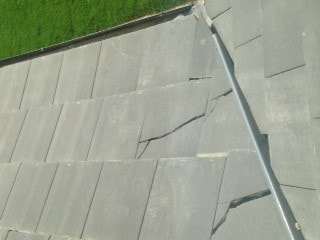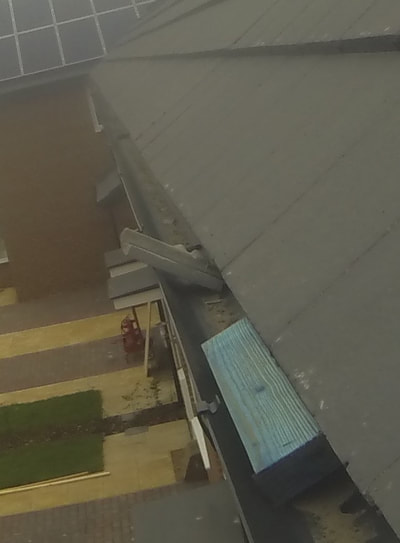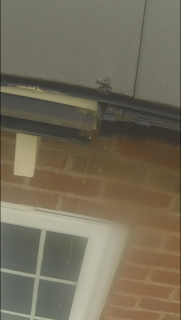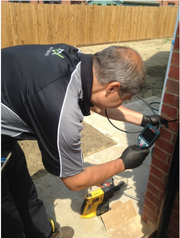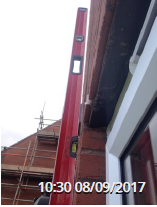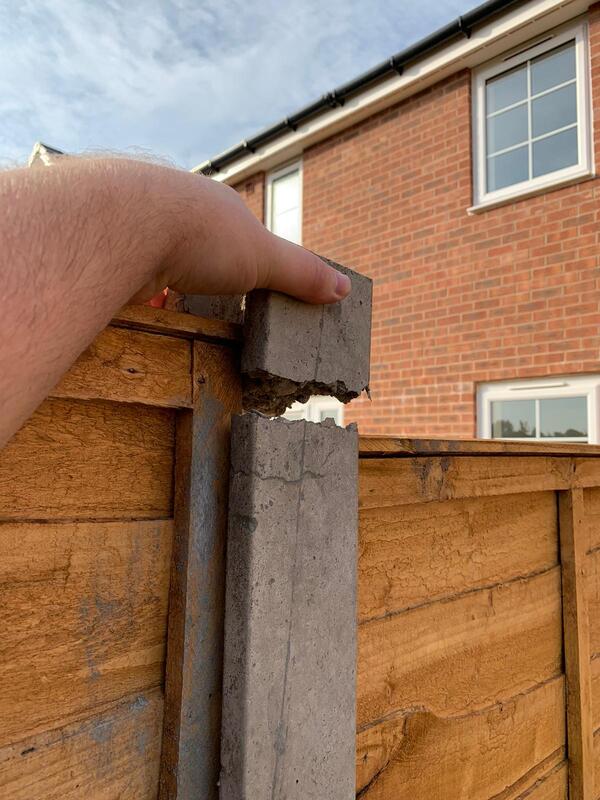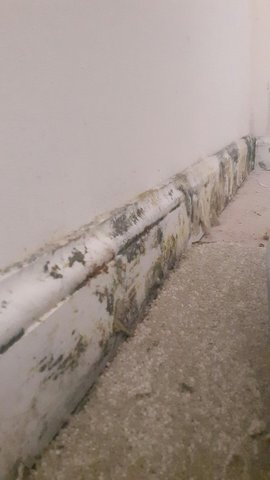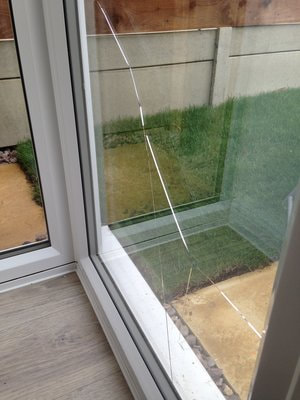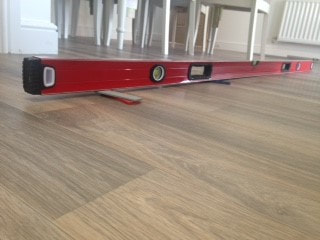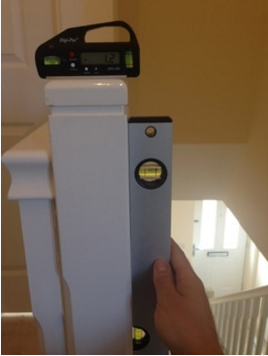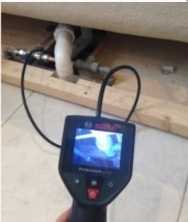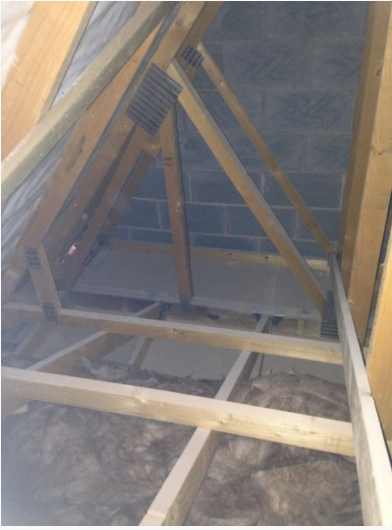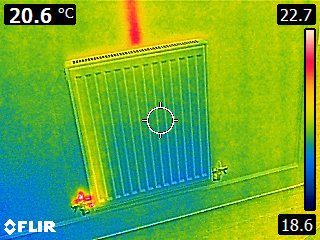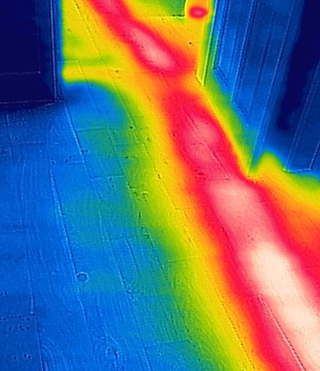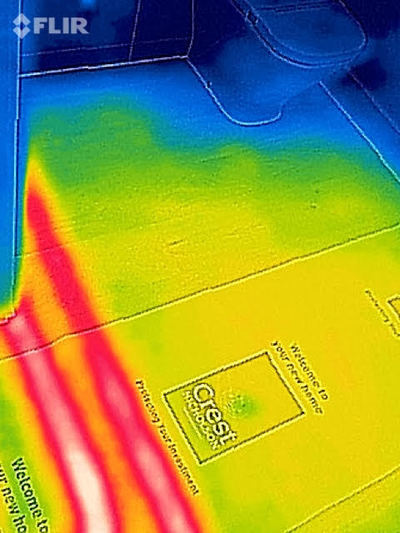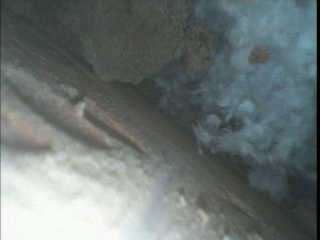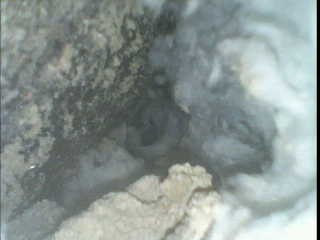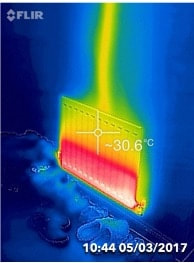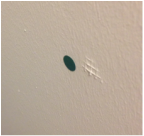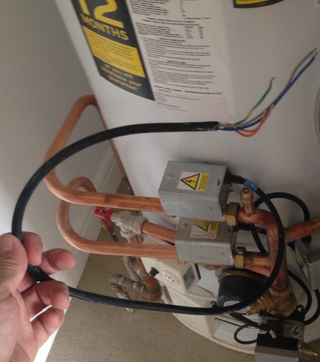|
HomeSnag are a professional snagging inspection, conducting the most comprehensive new build snagging survey available throughout the South West of England. The areas that we cover include Bristol, Bath, Gloucester, Swindon, Taunton, Exeter, Plymouth, Poole, Southampton, Bournemouth, Portsmouth, Winchester, Andover (and all the towns and villages inbetween).
For our availability and to easily book online please scroll down for our diary, or alternatively please call our office. We are open Mon-Fri 9am-5pm |
External Snagging InspectionOur snagging inspection starts outside, and your surveyor will check areas out of sight such as the roof and subsoil.
We check build is adhering to building regs and NHBC (etc) tolerances |
Internal Snagging InspectionDuring the internal inspection we will check all accessible areas including your loft. The issues we'll raise will be in order of appearance (room by room) and range from joinery issues to leaks.
|
Thermographic & BorescopeHomeSnag are experts trained in thermal heat loss and we use thermal cameras to check for draughts and heating issues. We also use a camera to check for cavity wall insulation voids
|
The most comprehensive new-build Snagging Company in the South West
|
Depending upon the size of the property, the inspection can last between 3-6 hours. On average it takes 2-3 hours for an apartment and 5 hours for a house. We also guarantee the report within 48 hours which is emailed directly by the snagging inspector that carried out the work. Unlike other companies, we do not dictate a report which is typed up by a 3rd party.
The area we cover includes from Reading to Exeter: including Southampton. Poole, Plymouth, Basingstoke, Slough, Salisbury, Bristol, Gloucester. Taunton and surronding areas. Our 'snagger' will arrive between 8-10am and survey every part of your property including:
|
Once you have decided to book a snagging inspection with us, you can easily book over the phone or online via our interactive diary. One option that will be prompted is whether you'd like our snagger to check your cavity wall for voids in insulation and (in the winter) for him to inspect for heat loss with a thermal camera.
Voids in heat loss are common in houses that are traditional build. This means that there is block and brick construction, and insulation is pumped in the cavity to prevent air flow. |
|
|
Office 1, Izabella House, 24-26 Regent Place, Birmingham, B1 3NJ
|


